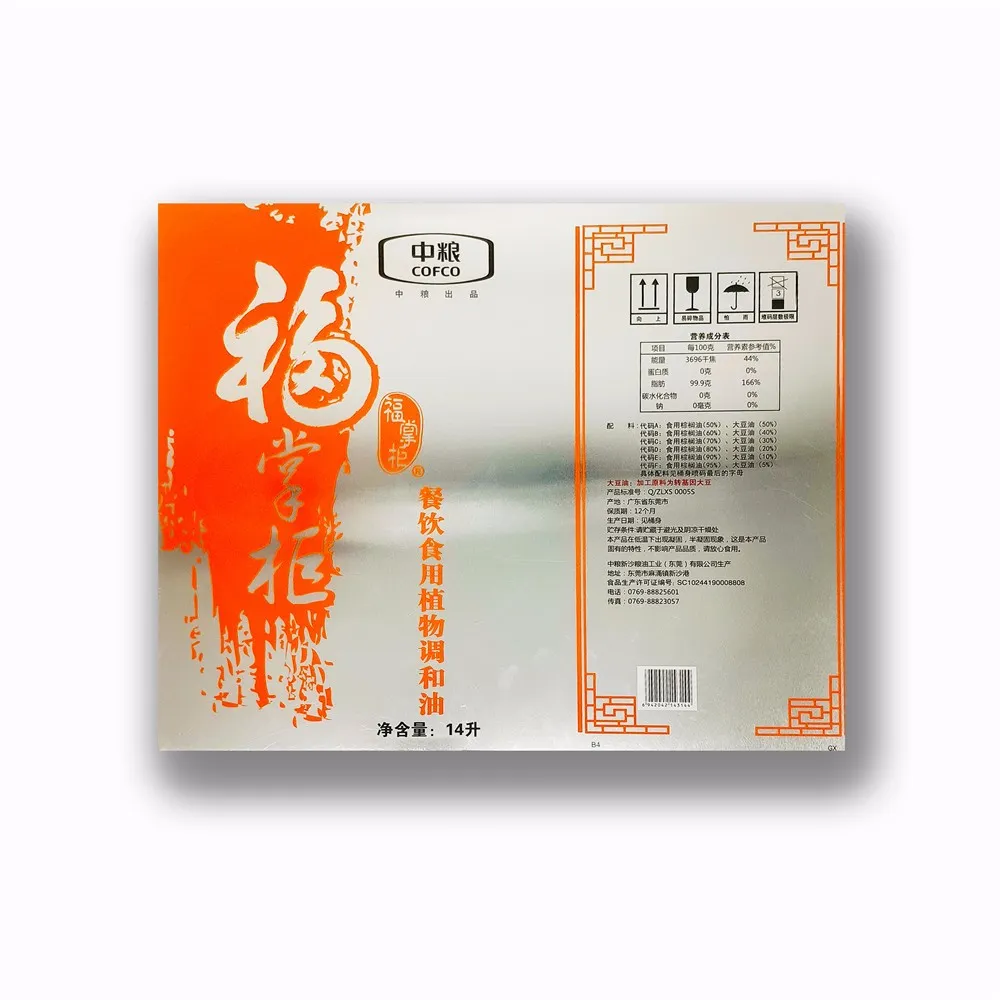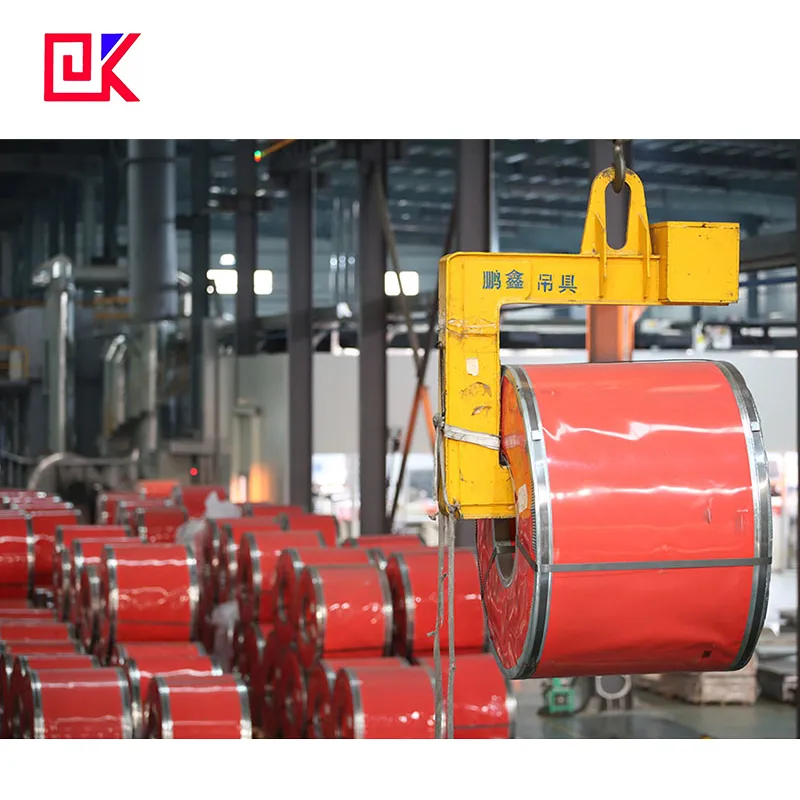As an important packaging material, tinplate sheet is widely used in the packaging of food, chemicals and daily necessities, especially in the production of metal containers such as cans and aerosol cans. Tinplate sheet is favored for its good anti-corrosion performance and mechanical strength. However, in the actual production process, tinplate sheet often needs to be formed and sealed by welding.
Therefore, whether tinplate sheet can be welded, how to weld, and what challenges and precautions are there in the welding process have become the focus of attention of technicians and manufacturers. This article will focus on these issues and deeply explore the welding feasibility of tinplate sheet and related technical points.

Can tinplate sheet be welded?
Before discussing whether tinplate sheet can be welded, we must first clarify what tinplate sheet is and its structural characteristics. Tinplate sheet, commonly known as tin-plated steel sheet, is made of low-carbon steel sheet with a thin layer of tin on the surface. The low-carbon steel sheet provides a solid structure, and the tin layer provides corrosion protection for the steel sheet. It is this composite structure that makes tinplate sheet have both the strength of steel and the protective properties of tin.
From the basic properties of the material, the basis of tinplate sheet is steel plate, which can be connected by welding process. Welding, as a metal connection technology, has been widely used in the steel industry for the manufacture and assembly of metal parts. Therefore, in theory, the welding of tinplate sheet is feasible because its basic material steel itself can be welded.
What are the challenges of tinplate sheet welding?
Although the basis of tinplate sheet is steel and has good weldability from the perspective of material structure, the tin layer on its surface poses challenges to the welding process. Tin is a low-melting metal with a melting point of only about 232°C, while welding steel usually requires higher temperatures. This temperature difference causes the tin layer to be easily burned or even completely disappear during the welding process, thus affecting the welding quality. In addition, the interaction between tin and iron may produce fragile metal joints at the weld, affecting the strength and durability of the welded part.

The welding of tinplate sheet mainly faces the following challenges:
1. Destruction of tin layer
2. Oxidation during welding
3. Tin-iron miscibility problem
4. Requirements for welding equipment
Destruction of tin layer
The tin layer is a key component of tinplate sheet. Its main function is to prevent the steel substrate from contacting with air or other corrosive substances, thereby preventing the steel plate from rusting. However, the high temperature required for welding can easily burn the tin layer, exposing the steel plate. Once the tin layer is destroyed, the corrosion resistance of the welding area will be greatly reduced, which may not only affect the appearance of the finished product, but also cause corrosion during subsequent use, especially in humid or salty environments.
Oxidation during welding
When welding metals, oxygen contacts the metal surface and causes oxidation, and oxides affect the quality of the weld. Since the tin layer is melted or even burned during welding, the steel substrate may be directly exposed to the air, and the oxidation problem becomes more serious. This will cause defects such as pores and cracks during welding, which will affect the firmness of the weld.
Tin-iron miscibility problem
Under high-temperature welding conditions, tin and iron may miscible to form a brittle compound. The mechanical properties of this compound are poor, which can easily lead to embrittlement and cracking of the welding part, thus affecting the strength of the welding point. In addition, the presence of tin may interfere with the fluidity of the welding molten pool, making the weld uneven and increasing the possibility of welding defects.
Requirements for welding equipment
The welding of tinplate sheet requires special welding equipment and technology to ensure the integrity of the tin layer and the quality of the weld during welding. Ordinary welding equipment may not be able to accurately control the welding temperature and welding speed, resulting in damage to the tin layer or welding defects. Therefore, in actual production, the use of specially designed welding equipment, such as high-frequency resistance welding equipment, is the key to ensuring the quality of tinplate sheet welding.

What are the commonly used welding techniques for tinplate sheet?
According to the material properties of tinplate sheet, specific welding techniques need to be used in the welding process to solve the above challenges. At present, the commonly used tinplate sheet welding techniques in industrial production mainly include resistance welding, laser welding and tin soldering.
Resistance welding
Resistance welding is a welding method that generates heat by passing an electric current through the metal contact surface to achieve metal melting and connection. For tinplate sheet welding, resistance welding is one of the most commonly used techniques. Its advantage is that it can achieve welding at a lower temperature and reduce damage to the tin layer. In addition, resistance welding uses a short-time pulse current, which can accurately control the welding heat and ensure the firmness of the welding point.
Resistance welding is usually used for the longitudinal weld and bottom cover welding of tinplate cans. Its efficient production speed and stable welding quality make it the preferred welding process for the production of tinplate products.
Laser welding
Laser welding is a high-precision welding technology that focuses a high-energy laser beam on the surface of the material to quickly melt the material and form a weld. Laser welding has the characteristics of concentrated heating, narrow weld, and small heat-affected zone, and is particularly suitable for welding thin materials. Therefore, for the welding of tinplate sheets, laser welding can minimize the damage to the tin layer and maintain good weld quality.
Because laser welding equipment is expensive, it is usually used in the production of high-precision and high-value-added products, but in the field of mass-produced tinplate food cans and aerosol cans, the application of laser welding is also gradually increasing.
Tin soldering
Tin soldering, also known as soft soldering, is a welding method that uses tin alloys as solder to achieve metal connection at a lower temperature. Due to the low melting point of tin, tin soldering will not cause serious damage to the surface tin layer of tinplate sheets. Soldering is usually used for welding of some small areas or precision parts, such as local repairs in tinplate products or the connection of small parts.
Although soldering can maintain the integrity of the tin layer, its welding strength is relatively low, so it is less used in the structural welding of tinplate sheets, and is more used for auxiliary welding.

How is the quality controlled in tinplate sheet welding?
In the process of tinplate sheet welding, the control of welding quality is crucial. Due to the special material structure and welding challenges of tinplate sheets, a series of quality control measures must be taken during the welding process to ensure that the final welding effect meets the requirements.
Accurate control of welding parameters
In the process of tinplate sheet welding, accurate control of parameters such as welding current, welding time, and welding pressure is the key to ensuring welding quality. For example, in resistance welding, excessive current will cause excessive burning of the tin layer, and too small current may not form a sufficient melting area. Therefore, accurately controlling welding parameters and finding an appropriate balance point are the top priorities to ensure welding quality.
Surface cleaning before welding
Surface cleaning before welding has a direct impact on welding quality. There may be oil, oxides or other impurities on the surface of tinplate sheet, which will affect the metal bonding effect during welding. Proper cleaning before welding can effectively reduce the occurrence of welding defects and improve the strength and durability of the weld.
Weld quality inspection
After welding is completed, weld quality inspection is an important step to ensure product performance. For tinplate sheet welding, common inspection methods include appearance inspection, non-destructive testing (such as X-ray inspection) and pressure testing. Through these inspection methods, defects such as pores and cracks in the weld can be discovered in time, and repaired or adjusted to ensure product reliability.

